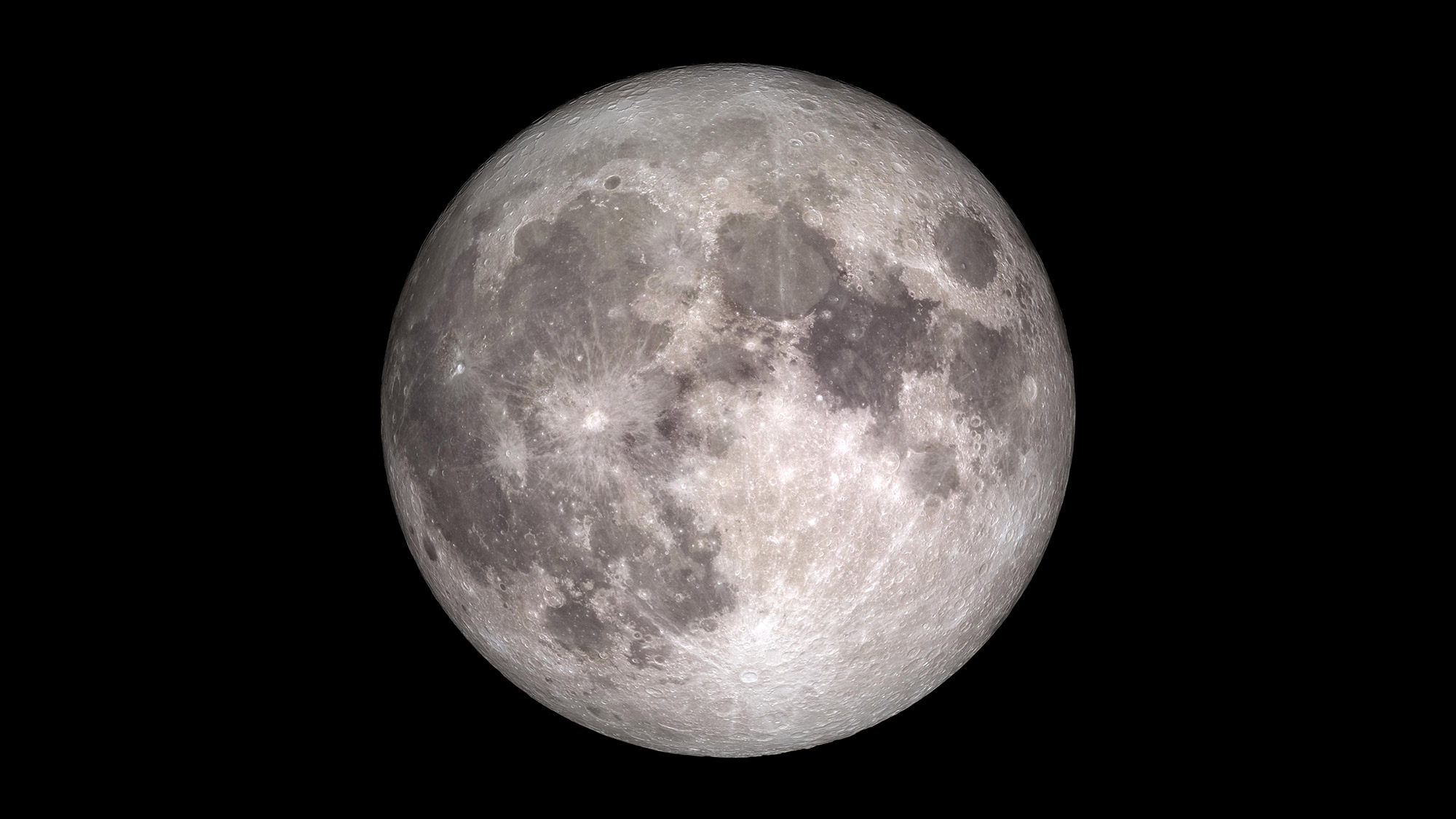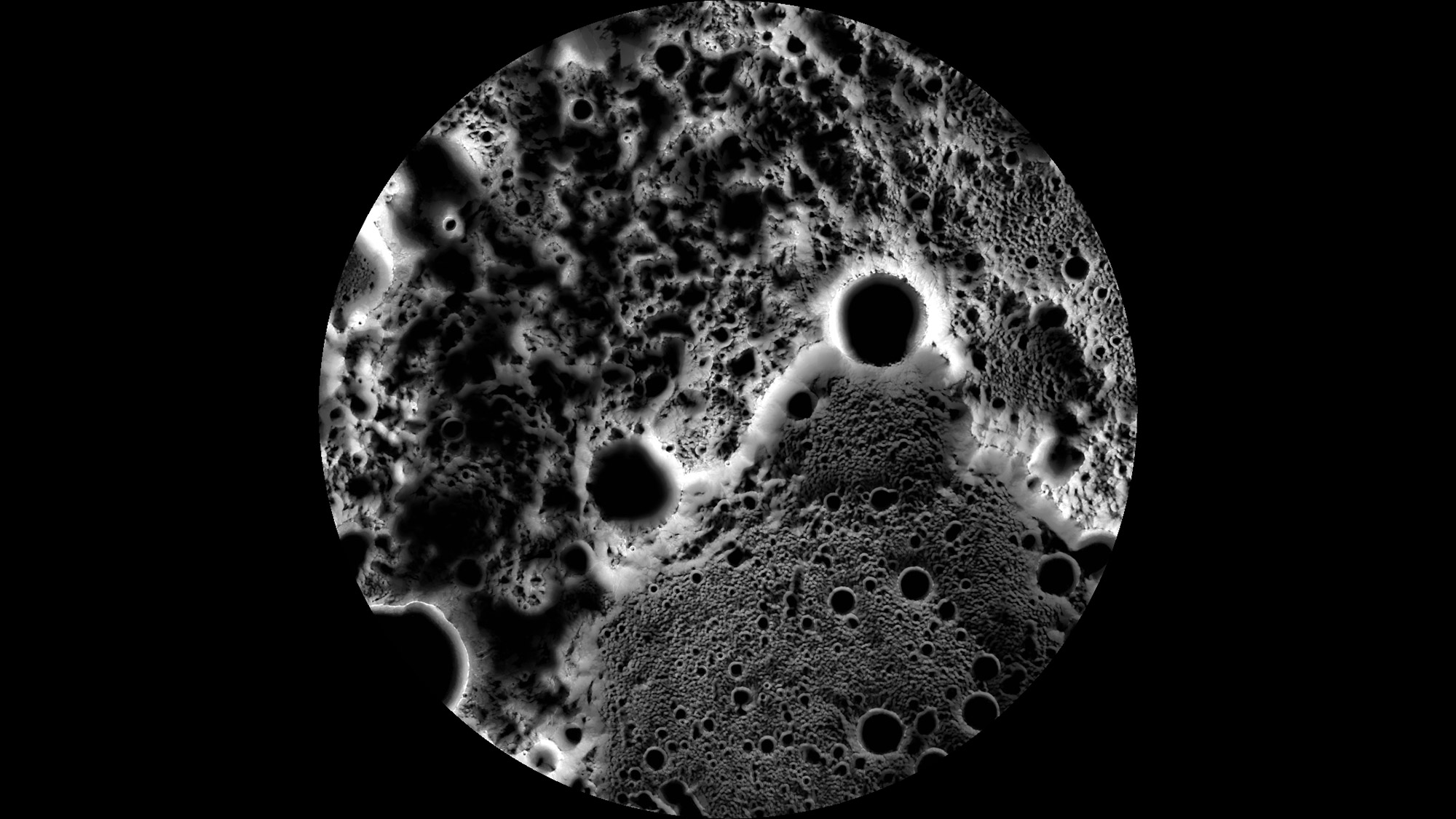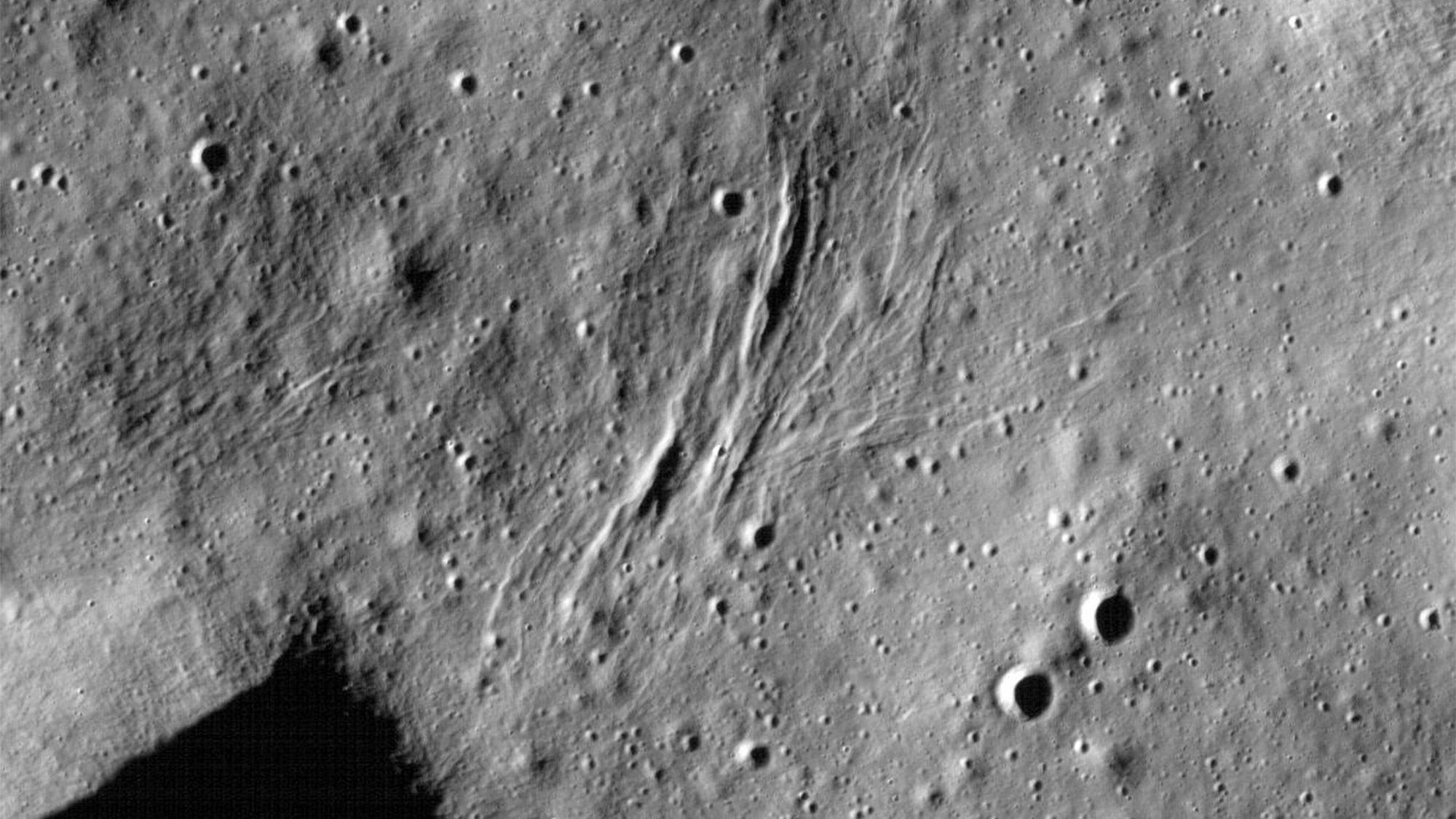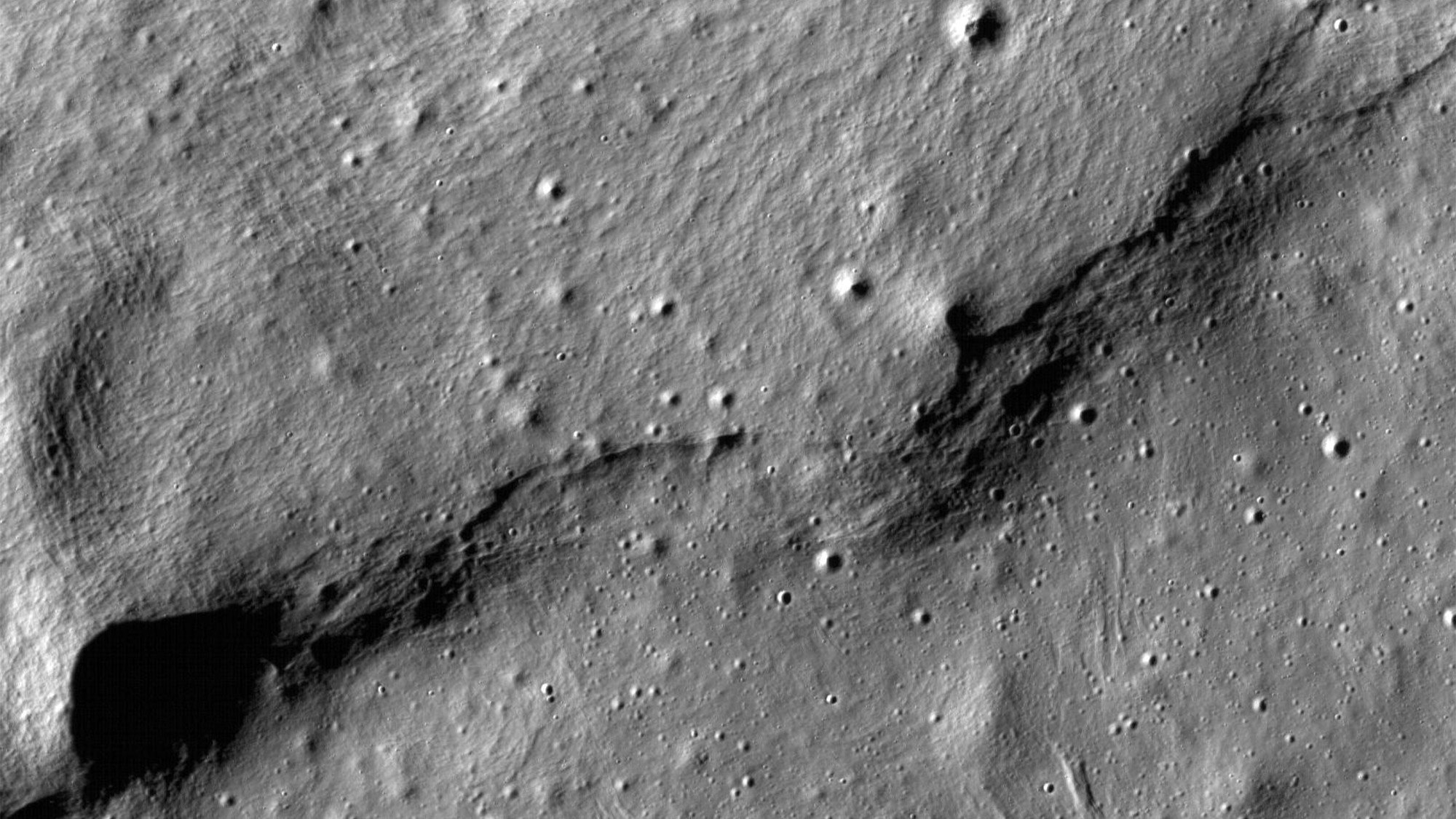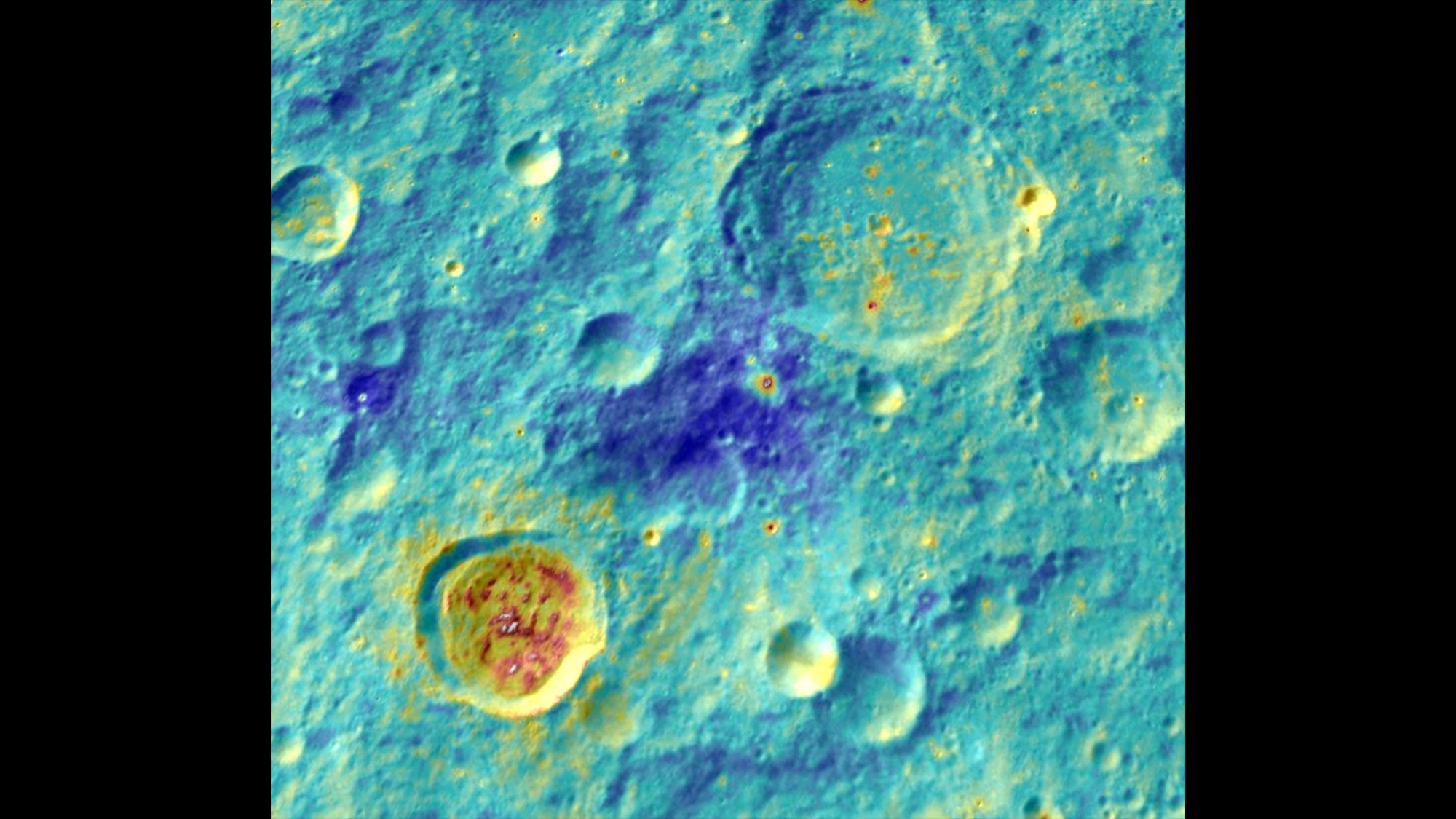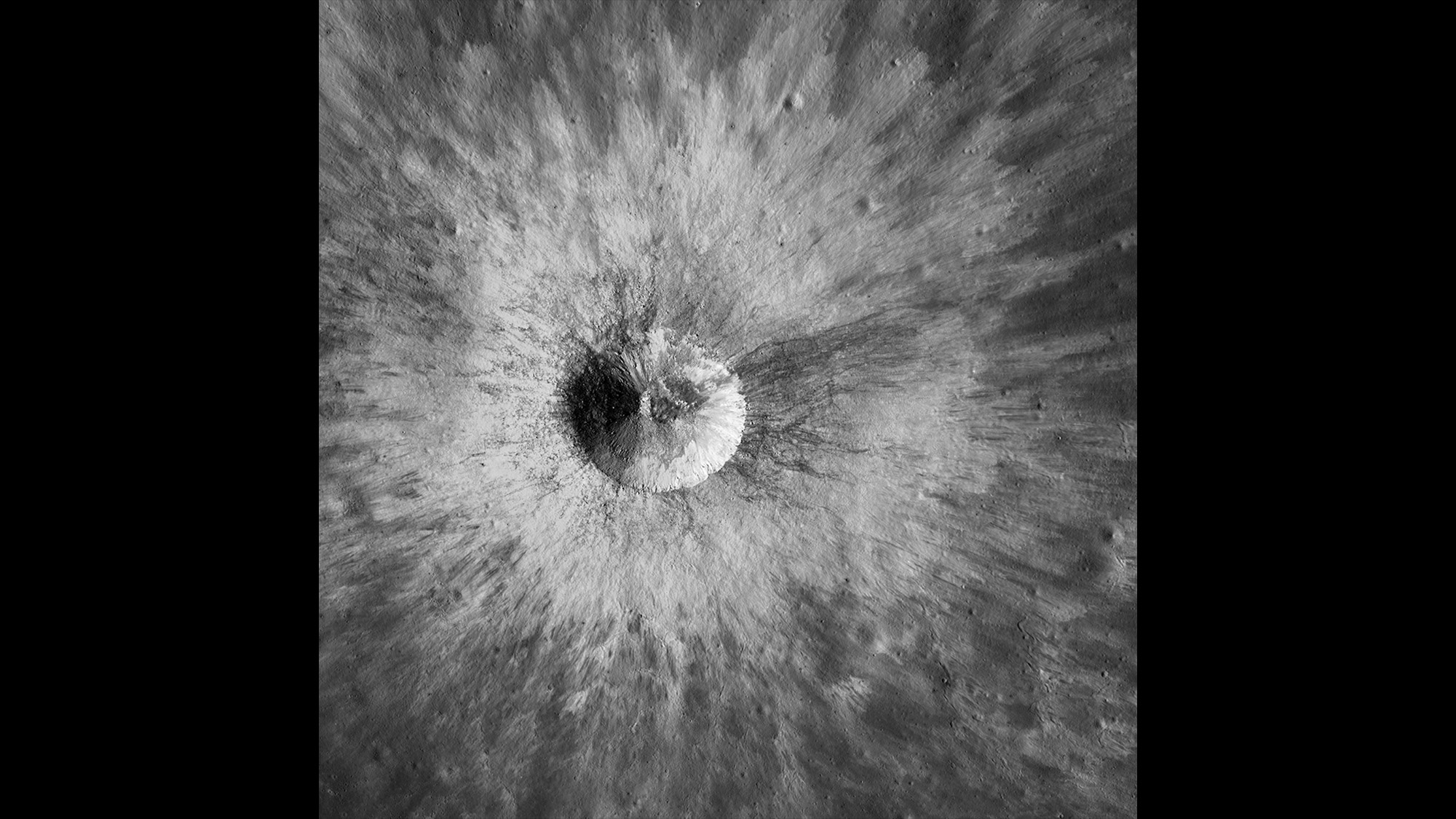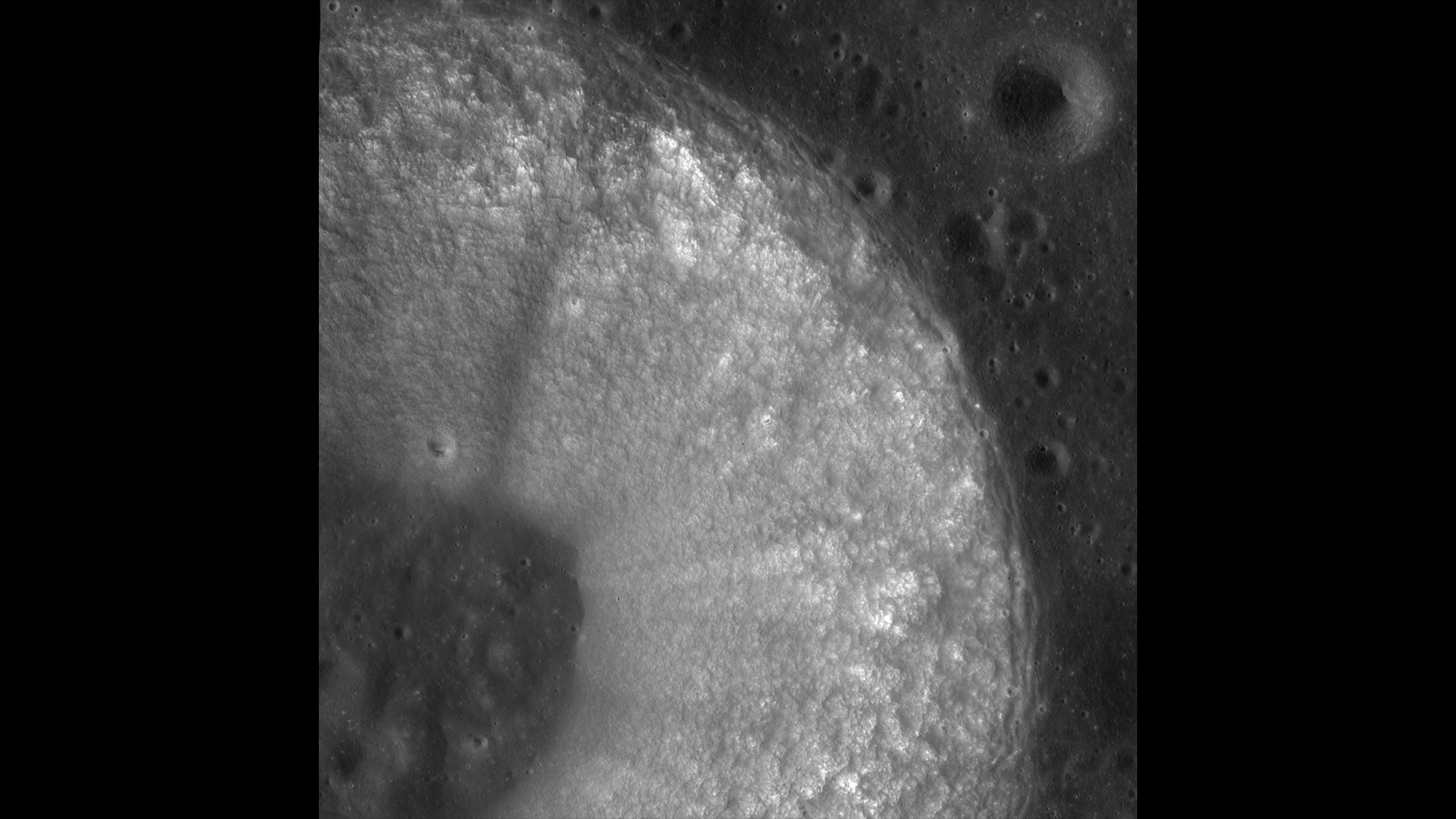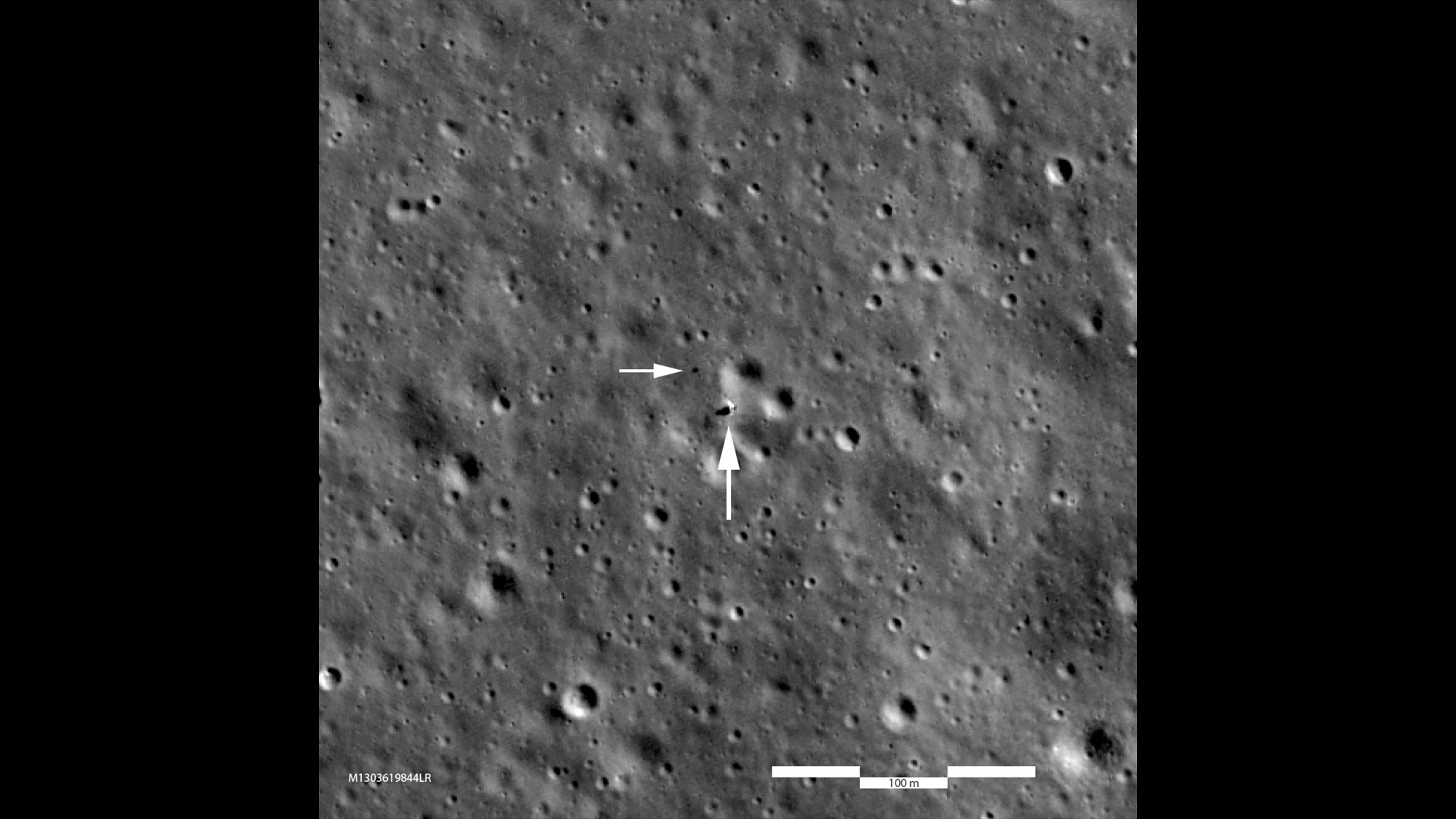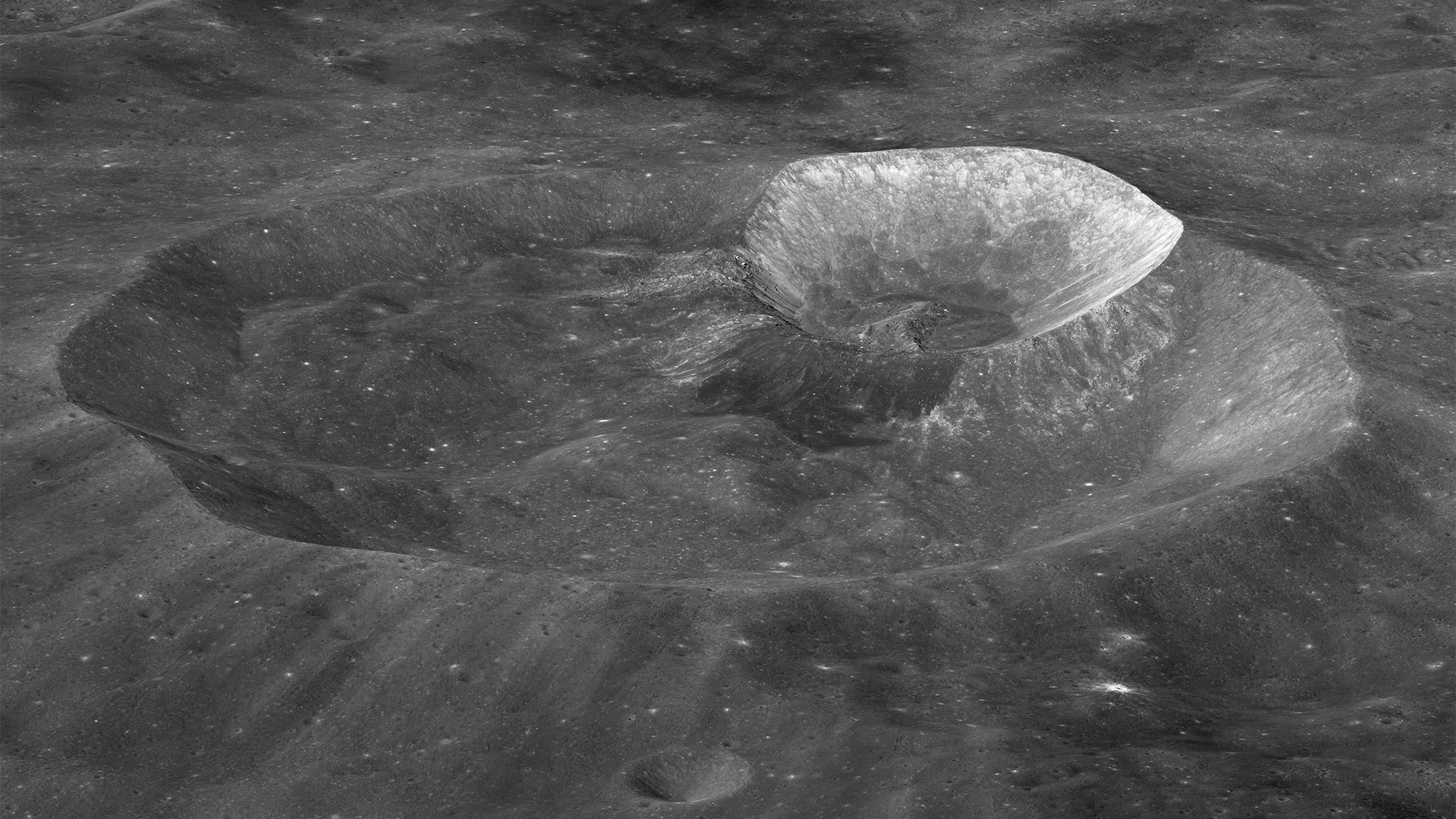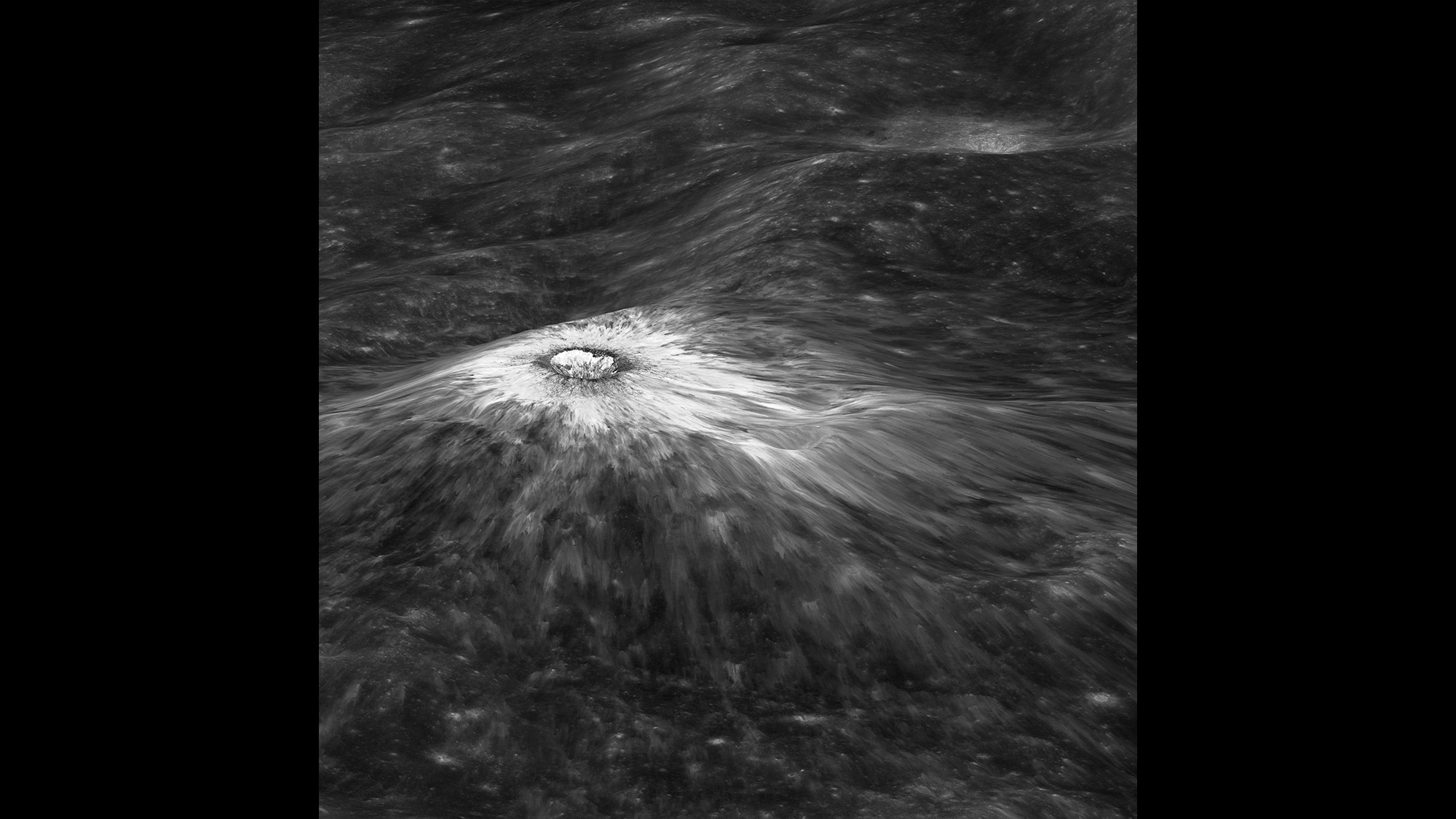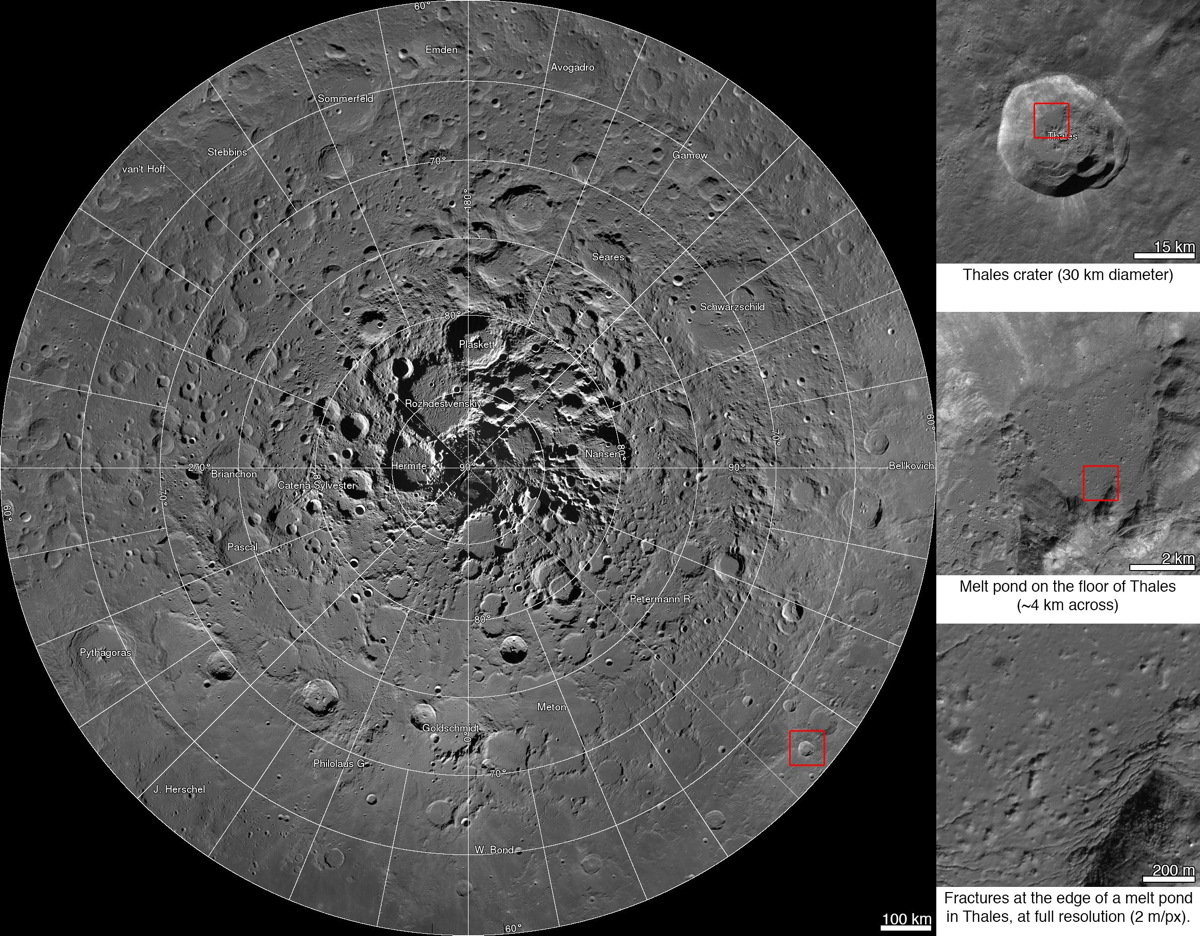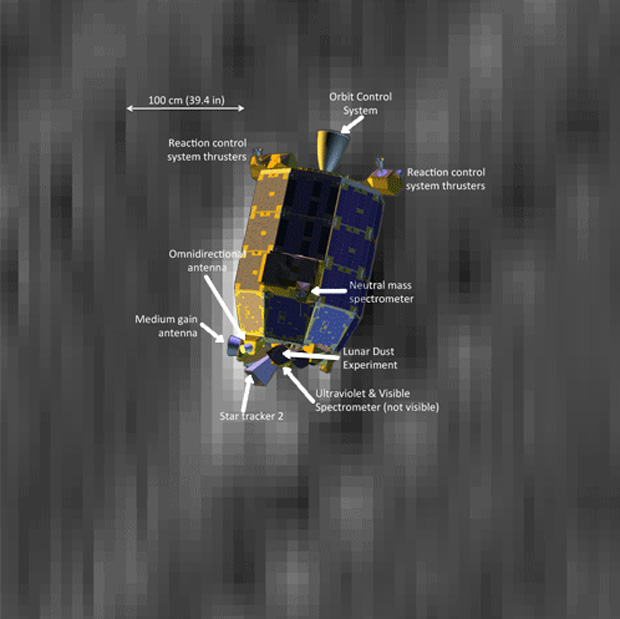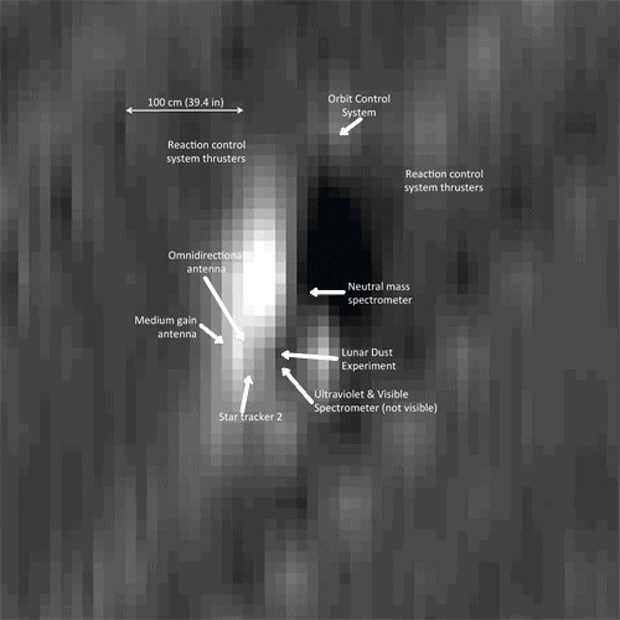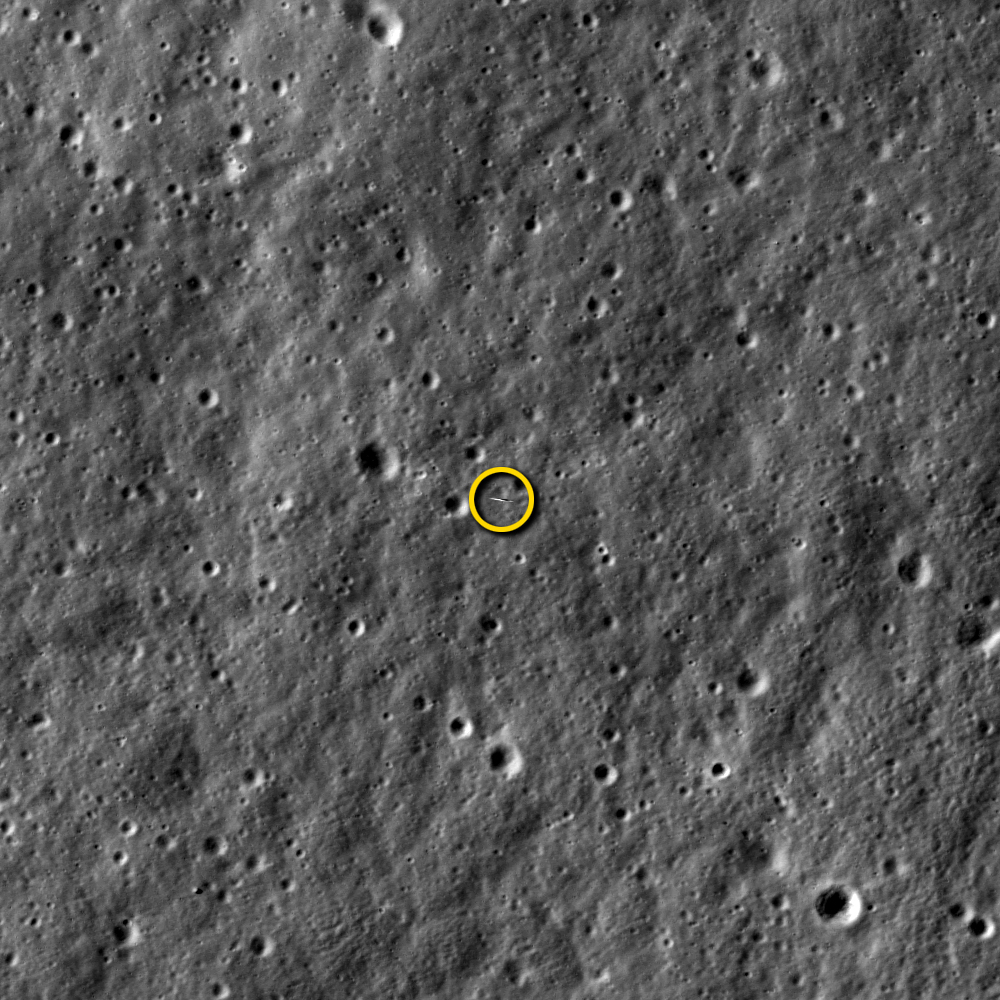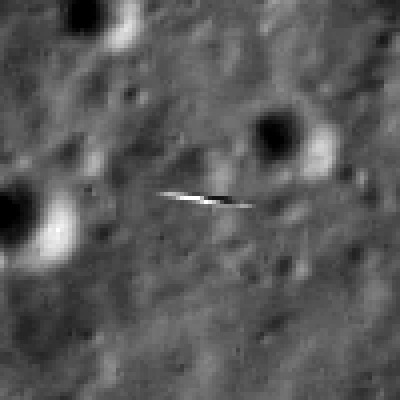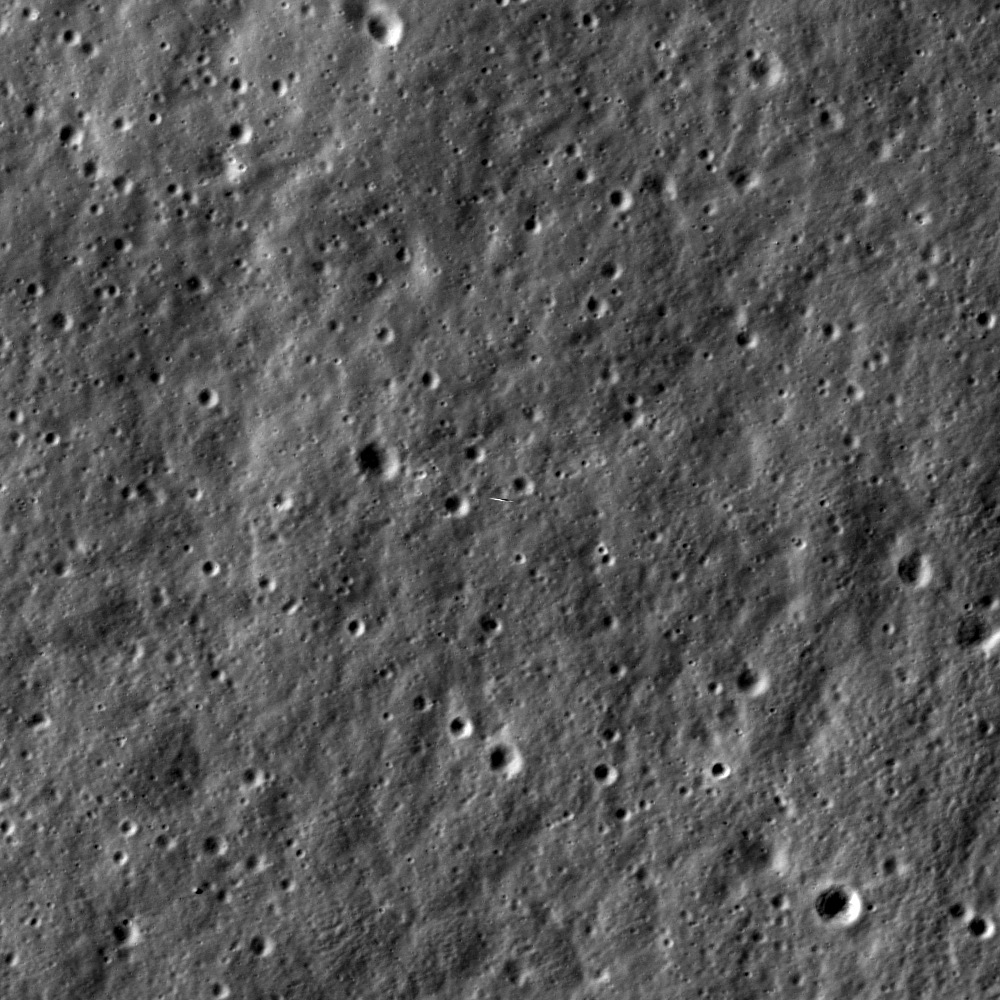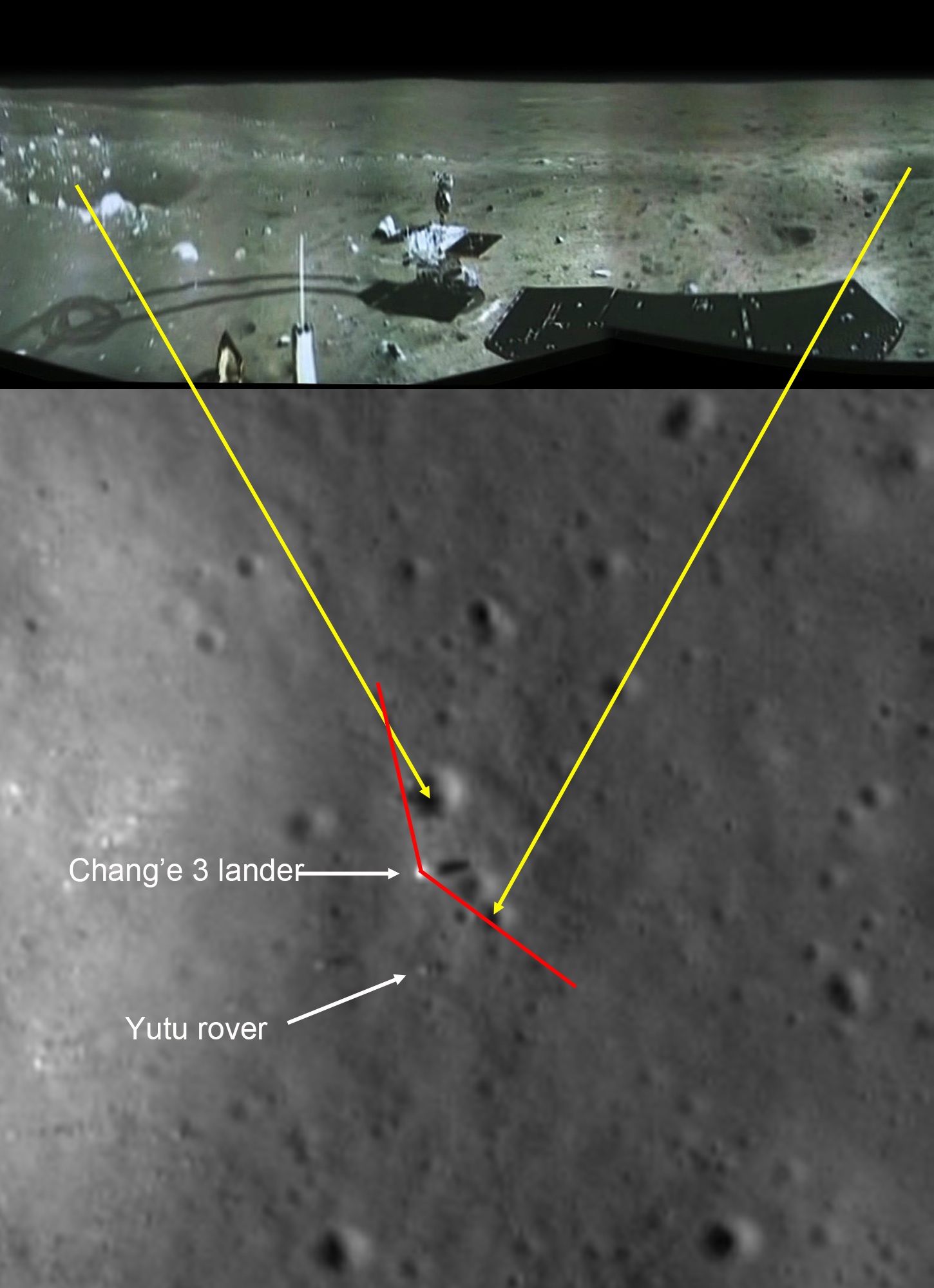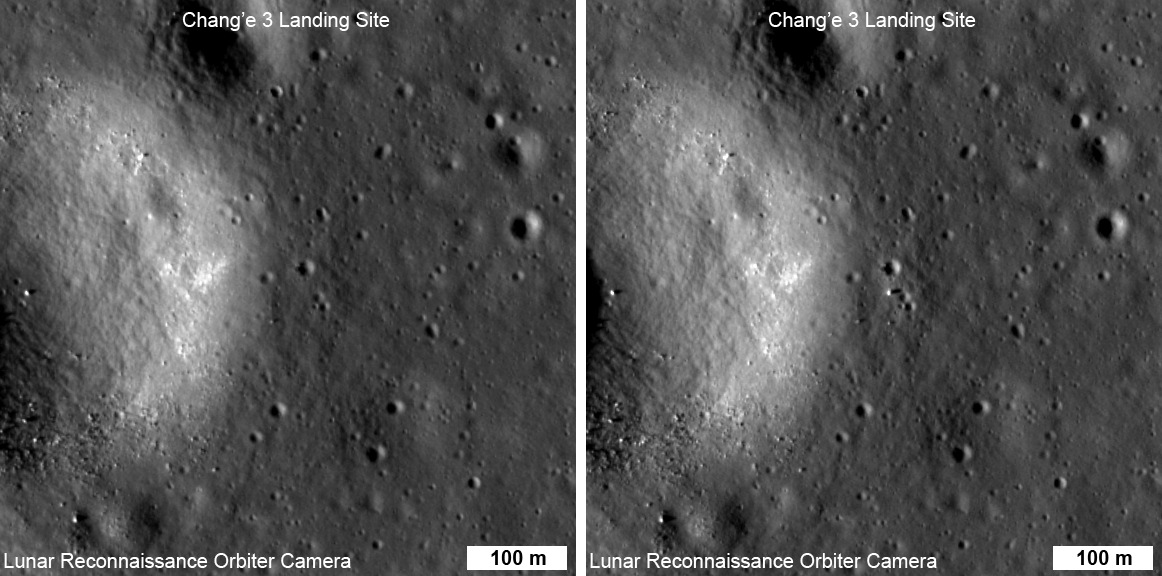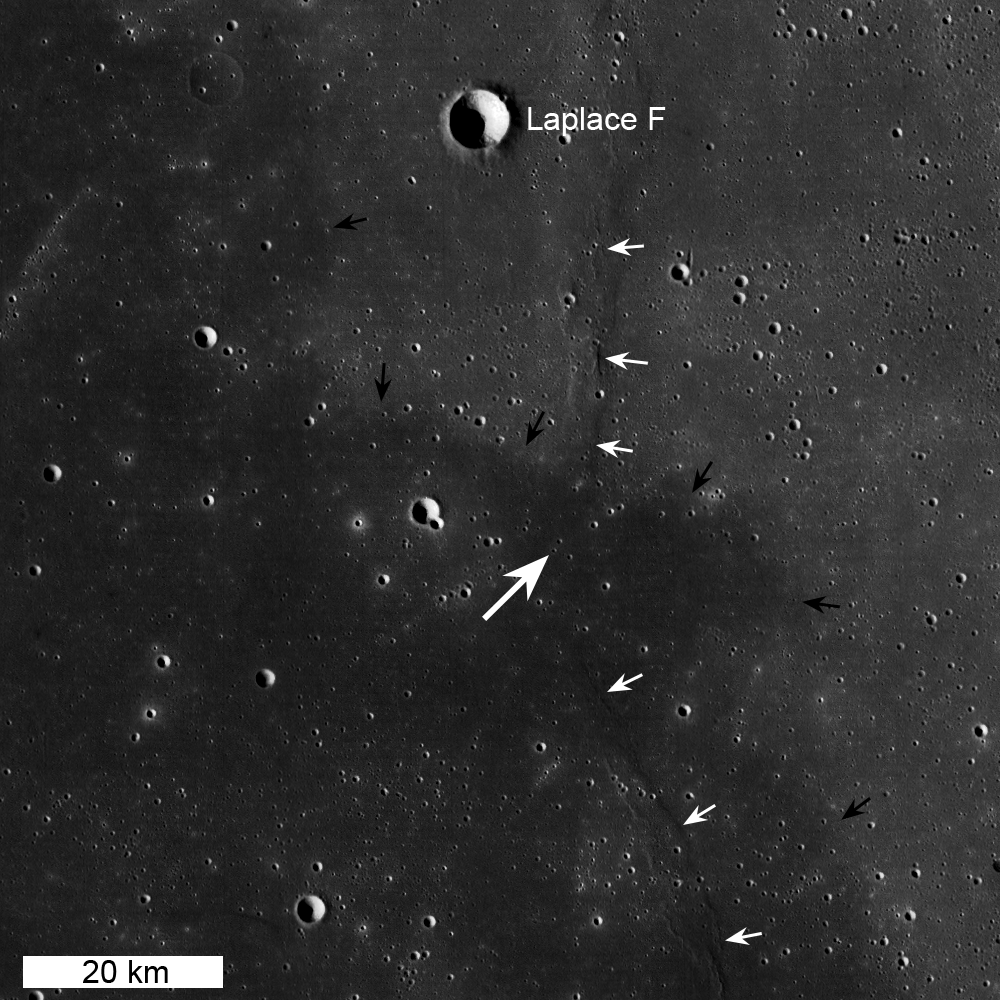Amazing Moon Photos from NASA's Lunar Reconnaissance Orbiter
NASA's Lunar Reconnaissance Orbiter (LRO) launched to the moon on June 18, 2009, on a mission to map Earth's natural satellite and look for resources that could be valuable for future human missions to the moon. The orbiter uses seven instruments to examine the lunar surface and its radiation environment. Among the probe's notable achievements is finding extensive evidence of water ice on the moon's surface. See photos from NASA's prolific lunar orbiter here!
Earthrise
This image, captured Feb. 1, 2014, shows a colorized view of Earth from the moon-based perspective of NASA's Lunar Reconnaissance Orbiter. [Read the Full Story Here]
Sunlight on lunar poles
Maps of the lunar poles show how much sunlight specific regions receive in a lunar year. White areas have constant sunlight while black areas are in permanent shadows.
Lunar stretch marks
LRO captured this image of a surface feature called a graben, or a type of trench that formed as the surface expanded. This image was taken near the Mare Frigoris region.
Rolling lunar hills
A type of curved hill known as a lobate scarps near the Mare Frigoris region of the moon was captured here by the LRO.
Strange areas
The crater Einthoven is near the aptly named Einthoven cold spot anomaly. The LRO's camera captured an overhead, night-time view of the strange spot, where the temperature is about 45 degrees Fahrenheit (7 degrees Celsius).
A new ray crater
On Nov. 3, 2018, the LROC captured this bright young ray crater. The crater is at the center of the 8.1 kilometer-wide photo.
Breaking space news, the latest updates on rocket launches, skywatching events and more!
Chladni crater
A classic bowl-shaped lunar crater known as Chladni crater in the Sinus Medii. The image shows the crater's ejecta blanket and part of its lumpy, crater-pocked floor.
Chang'e-4
From above we see the Chang'e-4 landing site. The lander itself sits at the end of the large arrow and the rover sits at the tip of the smaller arrow.
Wargo Crater
Wargo Crater, an impact crater on the northwest edge of Joule T crater on the side of the Moon is named for NASA's former chief exploration scientist Michael Wargo. Wargo made many contributions to exploration science in his 20-year career with NASA.
Rediscovering crash sites
Following the Apollo 13 mission, S-IVB rocket stages were intentionally impacted on the lunar surface and seismometers used to begin an understanding of the internal lunar structure. Here the Apollo 15 S-IVB impact site is shown after decades of exploration and final discovery.
Related Gallery: New Views of Apollo Moon Landing Sites
Reliving history
Using the LROC Featured Sites' new feature allows observers to relive the Apollo 11 surface traverse, which was carefully reconstructed by the LROC team. Experience the path the Apollo 11 astronauts traveled during the 1969 mission.
Meteor craters here and there
A view across the rim and into Chaplygin crater displays a fresh young, perfectly preserved crater and ejecta blanket. This lunar crater is about 660 feet (200 meters) larger than Meteor Crater in Arizona.
Tycho crater's central peak
This view of Tycho crater's central peak, from NASA's Lunar Reconnaissance Orbiter Camera, shows the size of the crater by display the 390-foot (120 meters) boulder in the background.
New Moon
An image of a new moon — the moon and the sun in identical geocentric ecliptic longitude — and the section of the moon nearest to Earth is engulfed in shadow.
Lunar Reconnaissance Orbiter Mosaic
This new mosaic from the LRO spacecraft, released March 18, 2014, showcases the north pole in high resolution. The images run from 60 to 90 degrees north latitude, with a resolution of 6.5 feet (2 meters) per pixel. At right are images of the Thales crater. [Read the Full Story Here]
LRO Image of LADEE with Computer-Generated Image
This NASA graphic shows an artist's view of NASA's LADEE moon dust probe overlaid on a photo of the actual spacecraft captured by NASA's Lunar Reconnaissance Orbiter (geometrically corrected). Image released Jan. 29, 2014. [Read the Full Story Here]
LRO Image of LADEE (Geometrically Corrected)
This NASA photo of the LADEE moon orbiter as seen by the Lunar Reconnaissance Orbiter identifies key parts of the LADEE spacecraft (geometrically corrected). Image released Jan. 29, 2014. [Read the Full Story Here]
NASA's LRO Snaps a Picture of NASA's LADEE Spacecraft
NASA's LADEE moon dust probe (circled) is photographed by the agency's powerful Lunar Reconnaissance Orbiter in this image released on Jan. 29, 2014. The image, taken on Jan. 14, shows LADEE from a distance of 5.6 miles (9 kilometers) away as the two spacecraft passed each other as they orbited the moon. Both spacecraft are orbiting the moon with velocities near 3,600 mph (1,600 meters per second), so timing and pointing of LRO must be nearly perfect to capture LADEE in an LROC image. [Read the Full Story Here]
Close-Up of LRO Image of LADEE
This subsection of the LRO image, expanded four times, shows the smeared view of LADEE. [Read the Full Story Here]
LRO Image of LADEE (Unlabeled)
NASA's powerful Lunar Reconnaissance Orbiter captured this image of the agency's LADEE lunar dust probe, about 5.6 miles beneath it, at 8:11 p.m. EST on Jan. 14, 2014. [Read the Full Story Here]
Chang'e 3 Landing Site by NASA's LRO
China's Chang'e 3 moon rover (large arrow) and rover (small arrow) are shown in this view from the LROC NAC instrument of NASA's Lunar Reconnaissance Orbiter just before lunar sunset on their first "day." Image released Dec. 30, 2013. [Read the Full Story Here]
Chang'e 3 Lander Panorama
This panorama shows China's Chang'e 3 moon lander and its Yutu lunar rover shortly after it drove down the ramp to the surface. Yellow lines connect craters seen in the panorama and the LROC image (taken later after the rover had moved by the Lunar Reconnaissance Orbiter). Red lines indicate approximate field of view of the panorama. Image released on Dec. 30, 2013. [Read the Full Story Here]
LRO Before and After Photos of Chang'e 3 Moon Lander Site
NASA Lunar Reconnaissance Orbiter Camera (LROC) side by side imagery shows before and after landing locale of China’s Change’3 mooncraft. [Read the Full Story Here]
Chang'e 3 Landing Site Context Mosaic
China's Chang'e 3 moon landing site (large white arrow) is seen here in a context view from NASA's Lunar Reconnaissance Orbiter. The small white arrows indicate wrinkle ridge and small black arrows delimit boundary between "red" mare (northeast) and "blue" mare (southwest). This image is 100 km wide and was released Dec. 30, 2013. [Read the Full Story Here]

Space.com is the premier source of space exploration, innovation and astronomy news, chronicling (and celebrating) humanity's ongoing expansion across the final frontier. Originally founded in 1999, Space.com is, and always has been, the passion of writers and editors who are space fans and also trained journalists. Our current news team consists of Editor-in-Chief Tariq Malik; Editor Hanneke Weitering, Senior Space Writer Mike Wall; Senior Writer Meghan Bartels; Senior Writer Chelsea Gohd, Senior Writer Tereza Pultarova and Staff Writer Alexander Cox, focusing on e-commerce. Senior Producer Steve Spaleta oversees our space videos, with Diana Whitcroft as our Social Media Editor.
